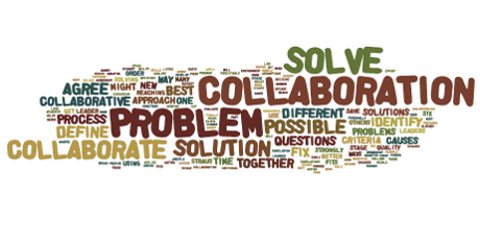Six Questions to Ask for Successful Collaboration
From Guy Harris/Recovering Engineer
The biggest problem with collaborative problem solving is the collaborative part.
Many new leaders became leaders because they know how to get things done. This individual ability to solve problems, applied in a team environment, can become a weakness as the new leader pushes strongly for a solution that others resist.
I have been that new leader who pushed too strongly too early in the process. That approach rarely worked for me.
As I began working to develop better collaborative problem solving skills, I readHow to Make Collaboration Work by David Straus, and I learned an approach for reaching better group decisions. Straus’ basic premise is that collaboration follows six predictable steps or stages.
Personally, I apply what Straus teaches by asking six questions of both myself and others as we work to solve problems together. Over time, I have found that the approach works well.
If possible, I suggest using the questions in the order listed here. If you are already engaged in a collaborative effort that has gotten stuck, you can use these questions to identify where you got off track and to get the discussion moving forward again.
Is there a problem?
I might see a problem. Others might not. Before we can reach an agreement on the best solution for the problem, we have to agree that a problem exists.
How do you define the problem?
How you solve a problem hinges on how you define the problem. If you define it one way and I define it a different way, we will never agree on the solution.
What are some possible causes for the problem?
Read the rest [HERE].
Tags:
Replies to This Discussion
About
@ADRHub Tweets
© 2025 Created by ADRhub.com - Creighton NCR.
Powered by
![]()
